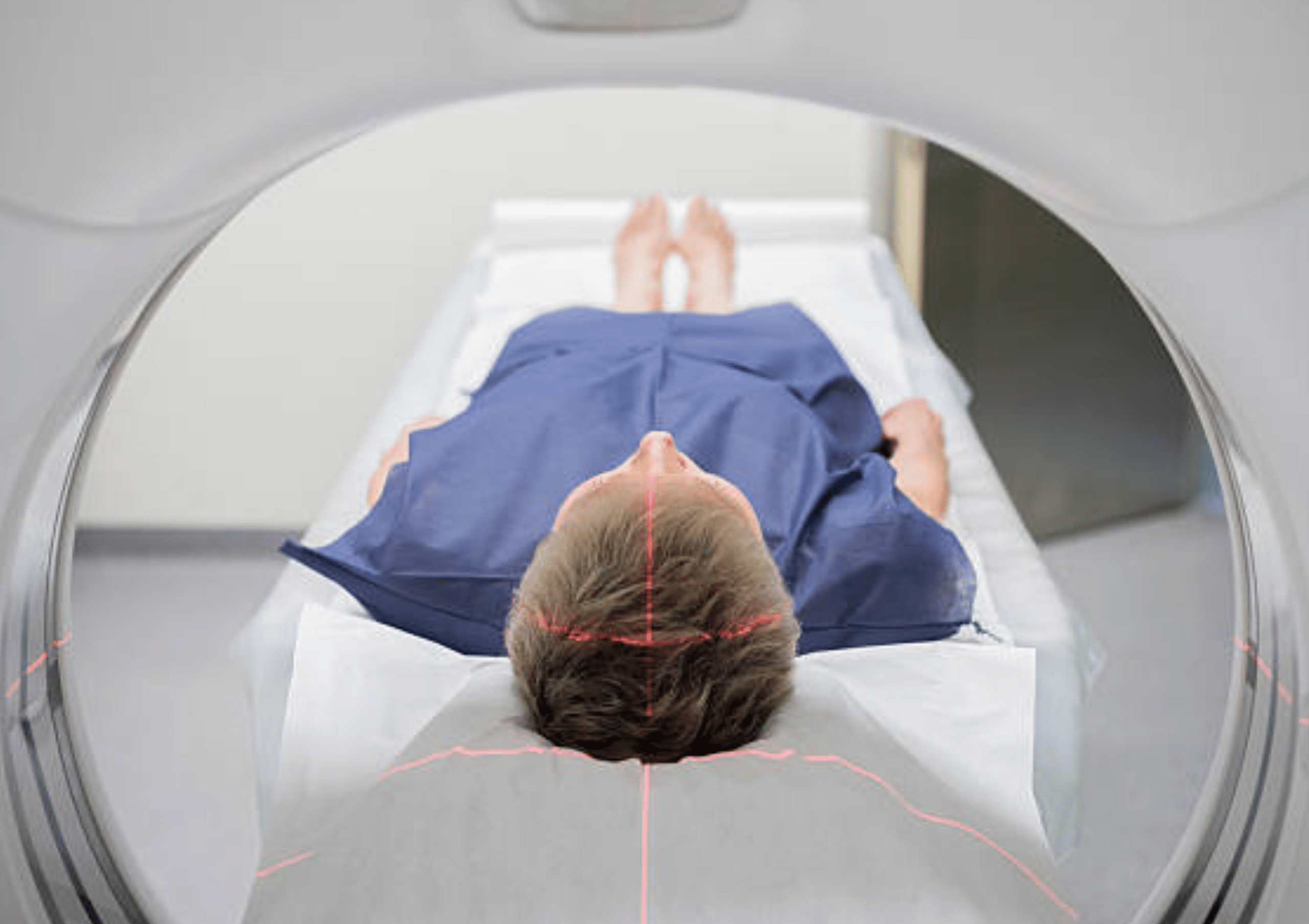Peripheral artery disease (PAD) is a serious circulatory condition that affects millions of Americans, often leading to severe complications if left untreated. Early detection is crucial in managing the disease effectively and preventing complications such as limb amputation, heart attack, or stroke. One of the most advanced and reliable methods for diagnosing PAD in its early stages is positron emission tomography/computed tomography (PET/CT) imaging. This cutting-edge technology combines functional and anatomical imaging, offering unparalleled insight into vascular health.
In this blog, we’ll explore how PET/CT imaging helps detect PAD early, the advantages of this imaging modality, and why early intervention is key to preventing severe complications. If you or a loved one are at risk for PAD, Colorado Springs Cardiology offers advanced diagnostic tools and expert care to help manage your vascular health.

PAD occurs when arteries outside the heart, particularly those in the legs, become narrowed or blocked due to atherosclerosis (buildup of fatty deposits in the artery walls). This reduces blood flow to the limbs, leading to symptoms such as:
The primary risk factors for PAD include smoking, diabetes, high cholesterol, high blood pressure, obesity, and a sedentary lifestyle. Many individuals with PAD also have an increased risk of cardiovascular events, making early diagnosis critical.
PET/CT imaging is a hybrid diagnostic technique that combines two imaging technologies:
When used together, PET/CT imaging offers a highly detailed and functional view of blood flow, inflammation, and arterial blockages—essential factors in diagnosing PAD.
Traditional imaging techniques, such as Doppler ultrasound or angiography, are useful in assessing PAD. However, PET/CT imaging provides a more comprehensive view by detecting inflammation and metabolic changes in the arteries before structural damage becomes evident.
Compared to traditional diagnostic methods, PET/CT imaging offers several advantages:
While PET/CT imaging is not the first-line diagnostic tool for PAD, it is particularly beneficial for:
Once PAD is diagnosed, managing the condition effectively can help prevent complications. Lifestyle changes, medication, and medical procedures can all play a role in improving circulation and reducing symptoms. Some key steps include:
If you are at risk for PAD or experiencing symptoms, early diagnosis and intervention are key to maintaining your health and quality of life. At Colorado Springs Cardiology, we offer state-of-the-art diagnostic imaging, including PET/CT scans, to detect PAD and other cardiovascular conditions early. Our team of expert cardiologists and vascular specialists is dedicated to providing comprehensive, personalized care to help you manage and treat PAD effectively.
By prioritizing early detection with advanced imaging like PET/CT scans, patients can take control of their vascular health and reduce the risk of severe PAD-related complications. If you or a loved one are concerned about PAD, Colorado Springs Cardiology is here to help. Don’t wait until symptoms worsen—schedule a consultation today and take a proactive step toward better vascular health.